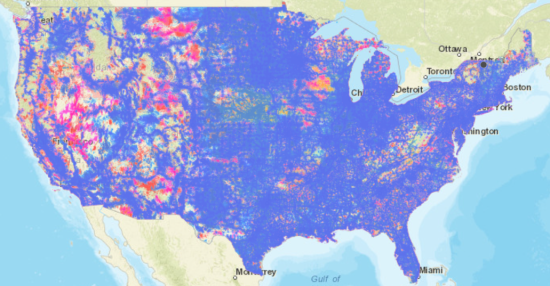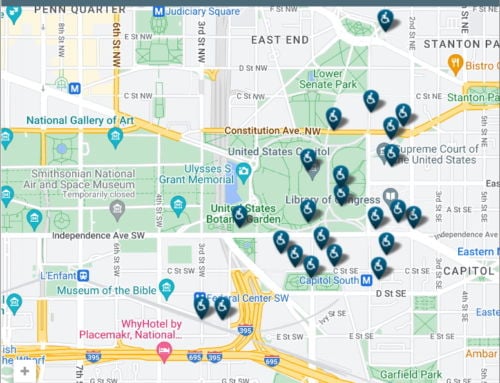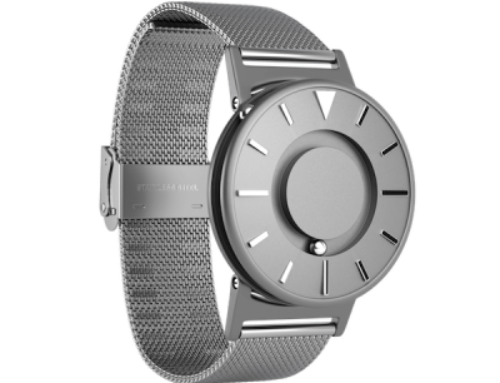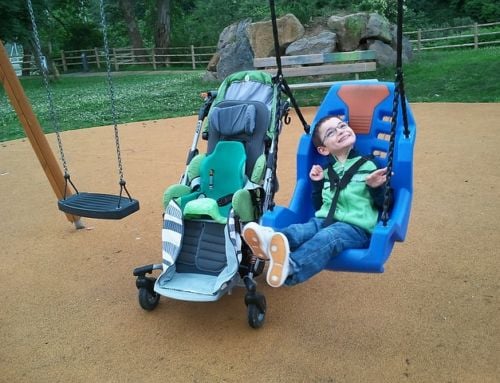The Quest for Making Our Home Accessible

Thank you to Kim Beckstead and the Utah Assistive Technology (AT) Act Program (UATP) for this wonderful window into learning to live differently with AT. (This guest post was first published at the UATP blog.)

Accessibility needs are as diverse as the sands in the ocean. We all have specific and different requirements to make us comfortable and productive based on our abilities. Since my debilitating stroke, the search for a normal life—and all that entails—is quite the daunting task. That is why I use the word “quest.” It’s like we’re explorers out to discover a new land in our highly demanding world.
I am not the expert who should be writing this, but I’m going to make an attempt at sharing what we have learned in our adventures.
My use of a wheelchair has become mandatory since walking and major movement have been halted by my current right side hemiplegia. Half of my body doesn’t cooperate. I’m feeling like I’m dealing with a naughty child with a seriously bad attitude. However, I yearn to be independent. It’s like the impossible dream. Wonderful people in physical and occupational therapy, handy gadgets, and other ingenious people have helped me regain a portion of my mobility and independence. But sometimes, I tend to forget my current limitations. I just think I can jump up to get something. Then my inner Jiminy Cricket, looking out for my safety, reminds me of what I can physically do “at the moment.” I thank him for keeping me safe and free from temporary dangerous lapses in judgment.
Mobility Devices
My road to independence started with a motorized wheelchair. It’s a whole new world when someone isn’t pushing you around and talking behind your back! (In a good way, hopefully.) I can come and go as I desire, at least, as long as I have a charged battery and the path is clear! Then there’s the cautious and precise operating skill it takes to safely operate this miniature all-terrain vehicle. Those things really do have a hair trigger. My mangled door frames and husband’s sores toes can testify to the inherent difficulty and learning curve. I actually purchased my husband steel-toed shoes to protect his piggies! He has been psychologically conditioned to get out of the way. My driving skills have thankfully improved over time.
The other saving grace was when we discovered the standing frame. It is really not that expensive for what it can do. It’s a manual wheeled contraption with knee pads and bars with which I can pull myself up into a standing position, sometimes with help. Then these flaps close around my rear. We call those “butt flaps.” The stand and I can be rolled around comfortably and easily. My kids can even do it. I can’t begin to tell you (but I’ll try), how much this thing has changed my life. Transfers are not so scary anymore. We call it the “Chariot,” because I sometimes feel royal as I’m wheeled across the room. You might even catch me doing a princess wave!
Home Modifications
Many people who find themselves in this unimaginable situation must have their homes altered, as well as their realities. Some homes just need a few cosmetic changes. Most homes require furniture placement adjustments, and others need a major overhaul. The bedrooms in my home were on the top floor. It was not conducive to someone with my situation, and I didn’t want one of those elevator chairs. My twenty-something son even attempted to carry me upstairs once. I think he developed a hernia. Since then my kids are required to do a 360-degree room video now and then to prove to me they cleaned their rooms.
So yeah, now we know, No upstairs for me! Our two options were 1. Build a new house (in my dreams), or 2. Add on a bedroom area downstairs. That was a little bit more realistic. It took about a year and many generous workers who gave of their valuable resources and time. Luckily, I know people, and they know people, and they are kind people. Our personal expense was not what it could’ve been!
As we planned and designed, we tried to think of what would be beneficial to every aspect of my new existence. We chose doors that were four feet wide and hospital grade. My hubby wanted to avoid the eventual crash holes that happen with the normal paper-thin interior doors. Since I am a lefty now, they did hang most doors with the handle on the left. Hallways are extra-wide to (hopefully) save the walls. Lever doorknobs are the best way to go for anyone with hand difficulties. Some doors were omitted completely since they would’ve been too hard to maneuver around, difficult to open, and they would’ve blocked things.
My guess is, the major parts of having an accessible home are preparation, thoughtfulness, and cleanliness. I’m always telling my family, “If you don’t want me to run over your stuff, take care of it!” I’m either running over it, or I can’t reach it. The best way for me to be as independent as possible is for them to help me by leaving the things I need in a place where I can access them without getting a headache or worse. (Simple.) Just be mindful. Then, I don’t have to interrupt others’ busy lives by asking for help or endangering myself trying to get something.
Follow up with Kim. Read Making Our Home Accessible, Part Two: A Room-by-Room Tour at the UATP blog.
Monthly Blog Digest
Search the blog
State AT Program Blogs
California
Florida
Indiana
Kentucky
Louisiana
Maryland
Massachusetts
Michigan
Montana
North Carolina
North Dakota
Utah
State AT Program Blogs
The AT3 Center, the Association of AT Act Programs (ATAP), and the Administration on Community Living (ACL) make no endorsement, representation, or warranty expressed or implied for any product, device, or information set forth in this blog. The AT3 Center, ATAP, and ACL have not examined, reviewed, or tested any product or device hereto referred.








